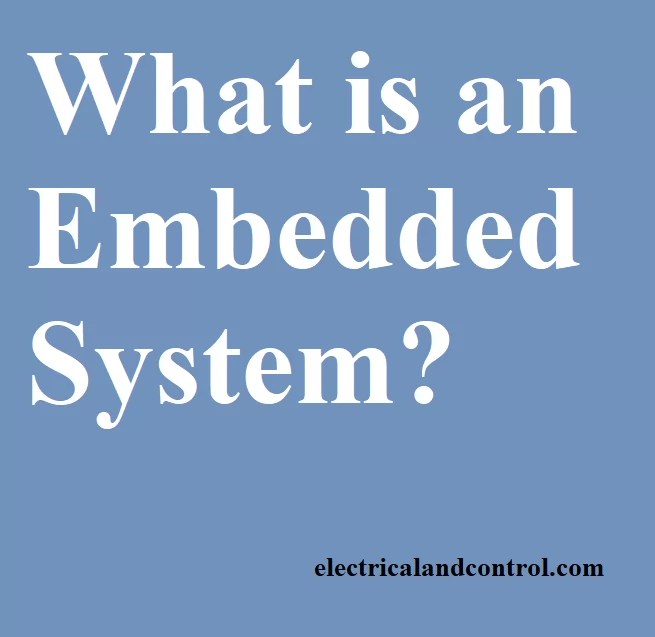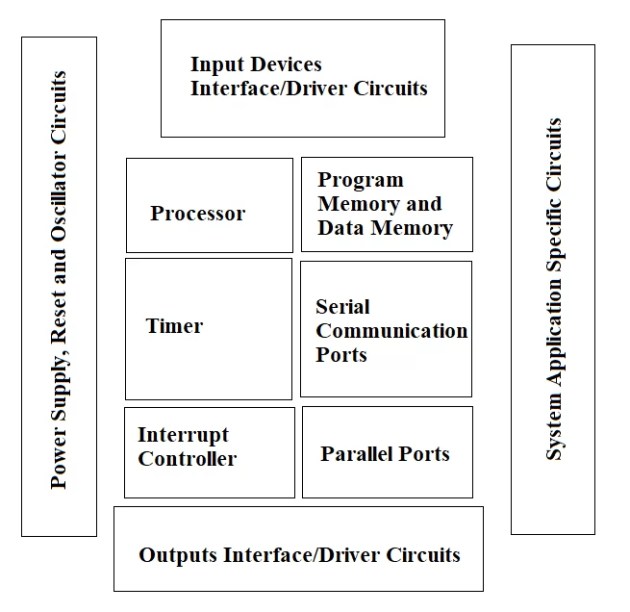Since this is an ever evolving field with advancement in technology, you will find various definitions of embedded systems out there but what stands out from all of them is that, they are electronic systems that contain either a microprocessor or a microcontroller, but we don’t think of them as computers, because the computer is hidden or embedded in the system.
We can therefore define an embedded system as a microcontroller-based, software-driven, real time control system that is independent, or human or network-interactive which operates on diverse physical variables and in diverse environments albeit reliably.

An embedded system has three main components that are embedded into it:
- It embeds hardware similar to a computer. This is illustrated in Figure 1.0 below, showing the various units in the hardware of an embedded system. Since its software typically embeds in the ROM or flash memory, it normally doesn’t need a secondary tasks and CD memory as in a computer.
- It embeds the main application software. The application software may concurrently perform a series of tasks or processes or threads.
- It embeds a real-time operating system (RTOS) that supervises the application software running on hardware and organizes access to a resource according to the priorities of tasks in the system. It provides a means to let the processor run a process as scheduled and context-switch between the various processes. It sets the rules during the execution of the application software. Note, a small-scale embedded system may not embed RTOS.

Embedded Systems Examples
We have several examples of embedded devices that include:
- Braking system (antilock braking system), ignition system and engine management/control in modern vehicles.
- Robotics, measurement instruments and industrial control systems in manufacturing.
- Routers, hubs, gateways in networking.
- Smart cards (credit-card-sized plastic cards embedded with a microprocessor able to store and process data).
- Mobile phones (SIM cards are just smart cards able to manage the rights of a subscriber on a network).
- Cardiac monitors, infusion pumps, dialysis machines in medical field.
- Other embedded devices include digital cameras, digital & analog TVs, GPS, set-up boxes, kitchen appliances e.g. microwave ovens, etc.
Also read: Microprocessor vs. Microcontroller, What are the Differences?

Leave a Reply
You must be logged in to post a comment.